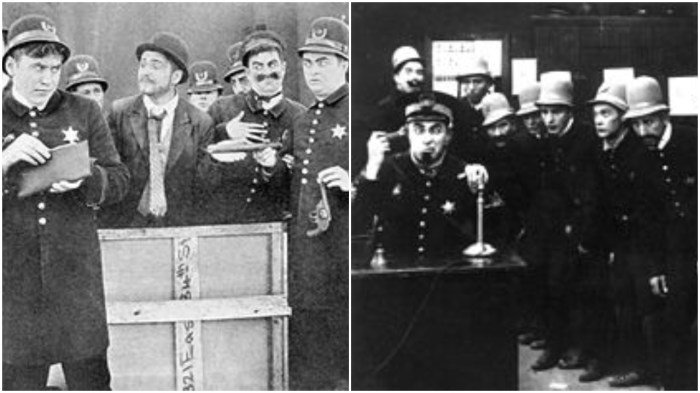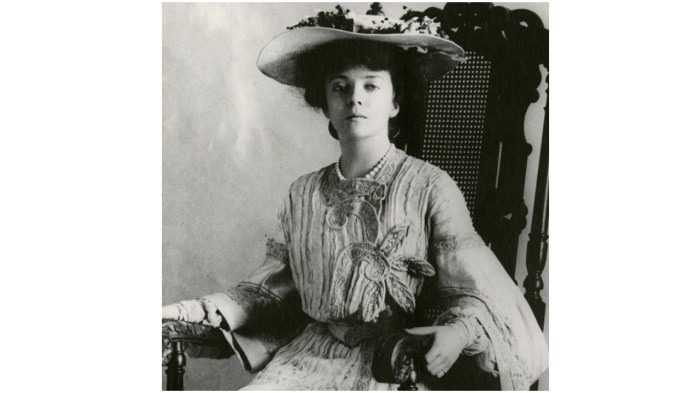Author Harper Lee was a private person, one who became the target of critics, reporters, and the curious. Seeking solace, she summered in an idyllic Long Island village, the roadless beach town Saltaire, where the only vehicles allowed were grocery carts, bicycles, and little red wagons.
In that haven, wrote Hugh O’Brien in the Fire Island News, “What we value most is the tranquility Saltaire offers, the more leisurely pace and respite from the ‘real world.’”
Lee treasured that tranquility after being engulfed by real world publicity following the 1960 publication of her lauded novel, To Kill a Mockingbird, the landmark story about racial inequality and civil rights.
Today, 62 years later, the book is still beloved — and hated: It continues to appear on the lists of banned or challenged books, as the nation grapples with the thorny issues of racism and censorship.
“COMMON ANGUISH”
Perhaps it was Lee’s rural Southern upbringing that made the attention so unbearable — and the sleepy, small village on Fire Island so attractive. She had been born Nelle Harper Lee in 1926 and raised in out-of-the-way Monroeville, Ala., a place vastly different from over-the-top New York City. As she later said during an interview on radio station WQXR, “I would like to be the chronicler of something that I think is going down the drain very swiftly. And that is small-town, middle-class Southern life. There is something universal in it.”
The one constant in childhood was her friendship with Truman Capote, who lived in Monroeville before becoming a world-famous author. They shared a love of reading and composed stories on a typewriter that Lee’s father bought for them. Lee’s father read constantly; he taught his precocious tomboy daughter to read and gave her books.
But despite the respite the children found in words, their home lives were difficult: As Lee later said, they were united by “common anguish.” As reported by Biography.com, Capote’s mother abandoned him in search of financial security, and Lee’s mother suffered from what is now called bipolar disorder. Even after Capote moved with his family to New York in 1933, the two childhood pals remained close.
After graduating from high school, Lee studied law at the University of Alabama, but withdrew in 1949 without earning a law degree. She moved to Manhattan, working for eight years as an airline reservations clerk by day and writing essays and stories at night. Like other struggling authors, she would shake parking meters, hoping to scoop up any coins tumbling out.
PIVOTAL LIFE EVENT
She had a busy social life, thanks to introductions by Capote that included Michael and Joy Brown. In December 1956. The Browns gave her a generous Christmas gift: enough money to allow her to quit her job and take a year off to write. In 1957, editors saw promise in her novel Go Set a Watchman, but advised her to focus on the heroine’s childhood. After two years and much frustration — she even threw her manuscript out the window into the snow, reports biographer Charles J. Shields — To Kill a Mockingbird was published.
The same year, 1960, four African American college students held the first lunch counter sit-in in Greensboro, N.C. Lee’s novel, reflecting the tumult brewing over race and civil rights, was a success: The Pulitzer Prize-winning novel has been translated into more than 40 languages, been voted the best novel of the century by librarians, and won the author the Presidential Medal of Freedom; the 1962 film version won numerous Academy Awards.
SUMMERING IN SALTAIRE
The publicity generated by the book, however, overwhelmed her, wrote The New York Times: “Lee retreated from fame, sidestepping all public exposure.” Some locals remember that she came to Saltaire in 1964, others say it was 1965, to stay with the Browns at their cottage, or in a rental on the southeast corner of Lighthouse Road and West Walk, while taking up a different pastime: fishing.
Others on the dock shared their shiners with her as bait. She learned how to clean snappers without a knife, and was not squeamish. On Saltaire38.blogspot.com, Jim O’Hare describes Lee: “She was a short, unassuming lady. Bamboo pole, hook, line and bobber, little bucket.”
“She was very soft spoken and very friendly,” writes Merry Wetherall, who was working at the Saltaire Sweet Shoppe one Sunday morning when Lee came in for breakfast.
Some bloggers write how Capt. Al Skinner, who helmed the Fire Islander ferry, addressed Lee as “Heart of Dixie” because she was an Alabama native. O’Hare writes that she was well known but socialized only with the little kids fishing for snappers alongside her.
HIDING HISTORY
In 1966, a Richmond, Va. school board attempted to ban To Kill a Mockingbird, calling it “immoral literature,” the first of many institutions that removed the book from required reading lists because it contained racial slurs and was centered around an alleged rape by a Black man in 1930s Alabama. Lee responded in a letter: “To hear that the novel is ‘immoral’ has made me count the years between now and 1984, for I have yet to come across a better example of doublethink.”
Lee died in Monroeville on Feb. 19, 2016 at age 89.


























